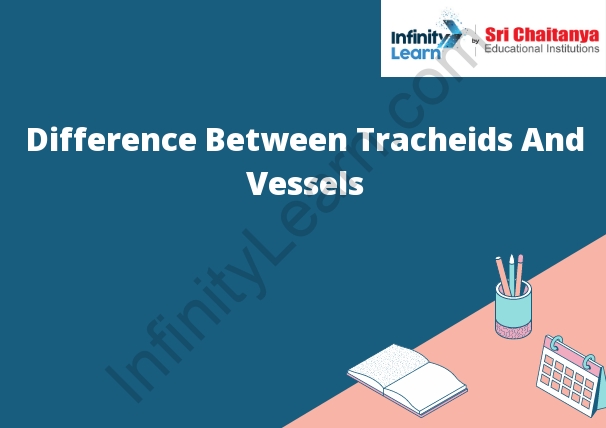Table of Contents
Difference Between the Tracheids and Vessels
The tracheids and vessels are two types of cells found in plants. Tracheids are long and thin, and they are responsible for moving water and nutrients around the plant. Vessels are shorter and wider than tracheids, and they are responsible for moving sugar and other nutrients around the plant.
The cells that make up the xylem in plants are called tracheids and vessels. Tracheids are long, thin cells that are tapered at each end. Vessels are cells that are wider in the middle than at the ends.
The main difference between tracheids and vessels is the way that they transport water and other materials throughout the plant. Tracheids are less efficient at transporting water than vessels. They can only transport water in one direction, whereas vessels can transport water in all directions. This is because vessels have smaller pores than tracheids, which allows them to transport water more quickly.
Tracheids are also less efficient at transporting other materials than vessels. This is because tracheids are not as strong as vessels, and they can break more easily.
Overall, vessels are better at transporting water and other materials than tracheids. This is why most plants have vessels instead of tracheids.

Vessels and Tracheids – Similarities and Differences
Vessels and tracheids are two types of cells found in plants. Vessels are long, thin cells that are arranged in a tube-like structure. Tracheids are shorter and thicker than vessels, and they are not arranged in a tube. Both types of cells are used to transport water and nutrients throughout the plant.
The main difference between vessels and tracheids is their size. Vessels are much longer and thinner than tracheids, and they can transport a larger volume of fluid. Tracheids are shorter and thicker, and they are not as efficient at transporting fluid. Tracheids are also more resistant to breaking, which makes them better suited for carrying heavy loads.
Tracheids and Vessels – Introduction
The plant cell wall is a complex and important cell structure. It is a structural support that surrounds the cell and provides rigidity. The cell wall is also involved in cell-to-cell communication and the uptake of water and minerals. There are several types of cell wall components, including cellulose, hemicellulose, and lignin.
The cell wall is made up of several types of cells, including tracheids and vessels. Tracheids are long, thin cells that are involved in the transport of water and minerals. They are found in the xylem, which is the part of the plant that transports water and minerals from the roots to the leaves. Vessels are large, hollow cells that are also involved in the transport of water and minerals. They are found in the phloem, which is the part of the plant that transports food from the leaves to the rest of the plant.
Tracheids are elongated cells that are found in the xylem of plants. They are responsible for the conduction of water and dissolved minerals from the roots to the rest of the plant. Each tracheid is tapered at one end and has a small hole (pore) in the other end. The pores allow water and dissolved minerals to flow through the cell. Tracheids are arranged in a series of long tubes that run throughout the plant.
Difference Between Tracheids and Vessels
Tracheids and vessels are two types of xylem cells in plants. Tracheids are long and thin, and have a pointed end. Vessels are rounder and wider than tracheids. Both tracheids and vessels are involved in the transport of water and minerals from the roots to the rest of the plant.
The main difference between tracheids and vessels is their size. Tracheids are smaller than vessels, and can only transport water and minerals over short distances. Vessels are larger than tracheids, and can transport water and minerals over long distances. This makes vessels better suited for transporting water and minerals to the leaves and other parts of the plant.






